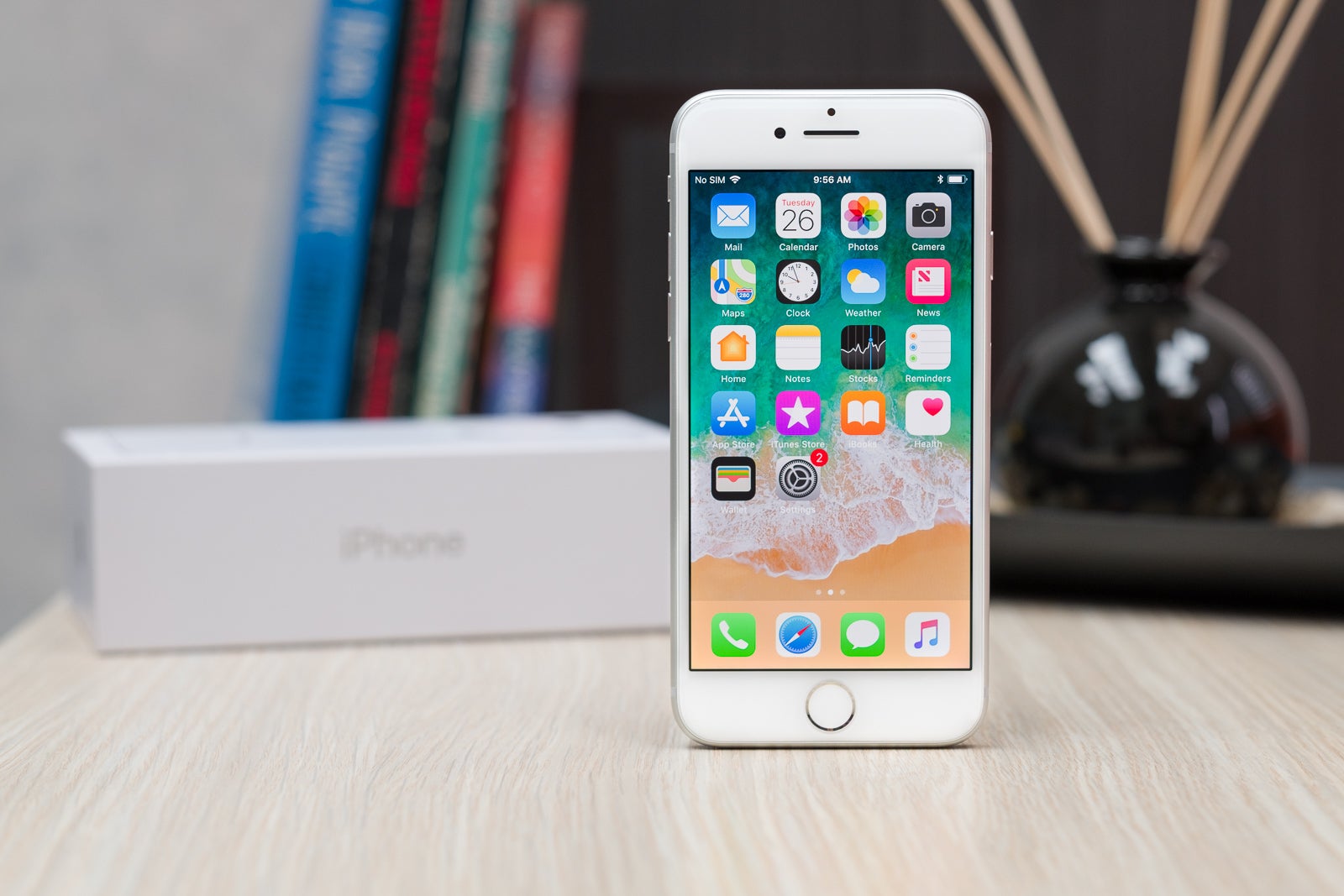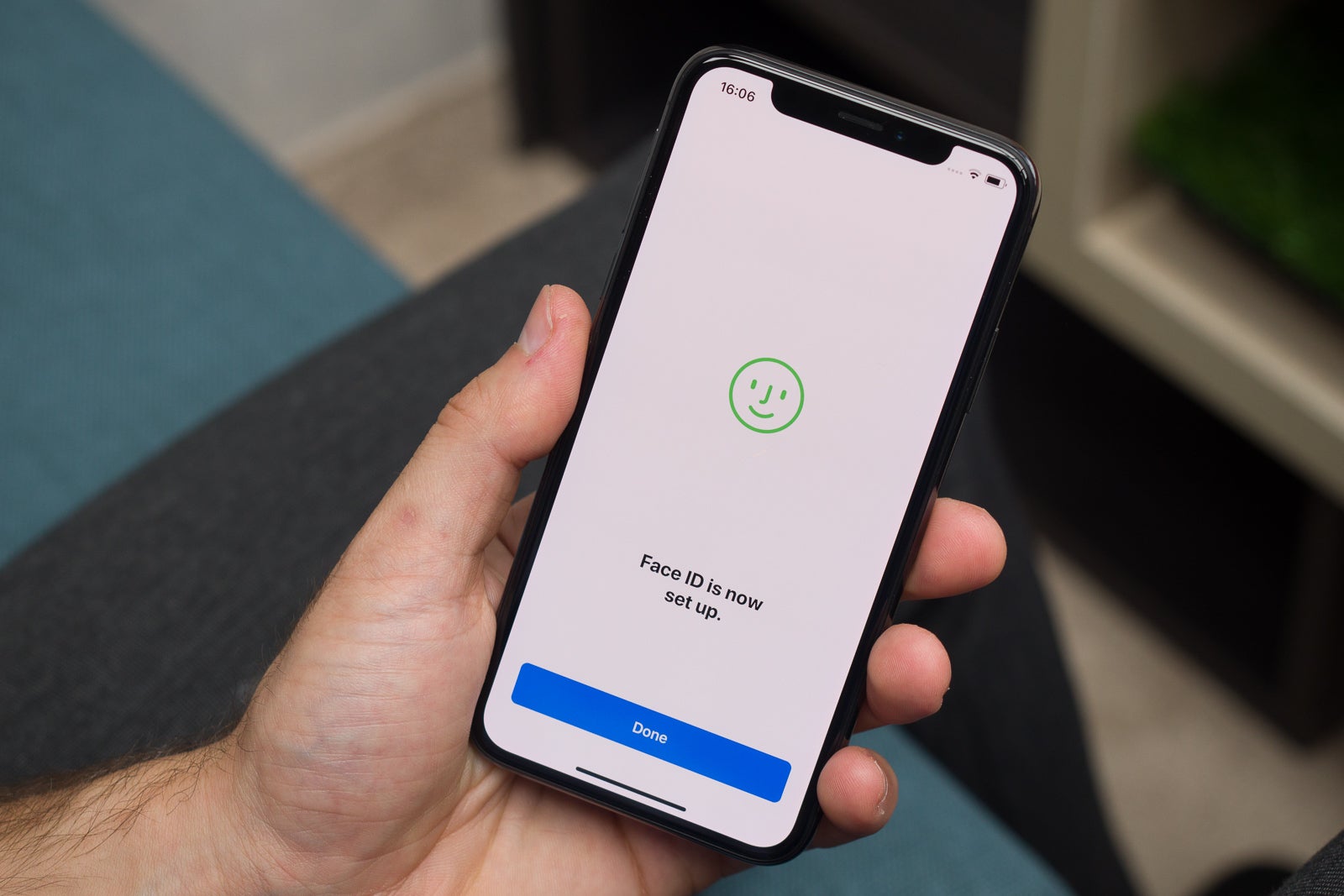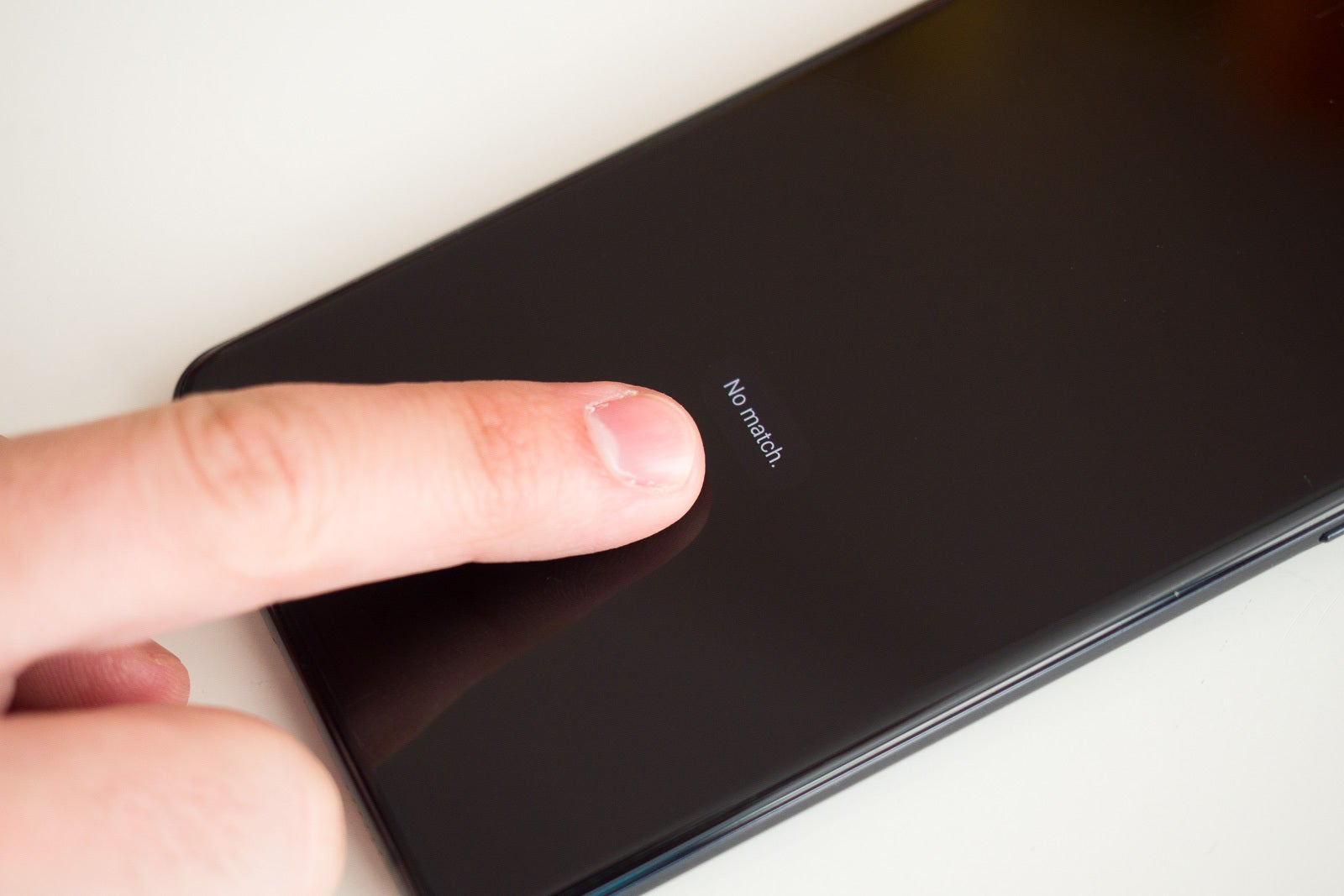

The iPhone 8 was the last “main” iPhone to support Touch ID. | Image credit – PhoneArena
Just a few years later, Apple introduced the iPhone X, featuring a new biometric identification system with facial recognition. Face ID was deemed even more secure than Touch ID, and today it is the only way to unlock an iPhone, unless you want to go back to typing passcodes.
Face ID is great, but Touch ID is excellent


Face ID was introduced with the iPhone X in 2017. | Image credit – PhoneArena
Don’t get me wrong, I don’t hate Face ID. On the contrary, I love how fast and simple it is. Paired with the Raise to Wake option, it makes unlocking an iPhone feel like magic. I get my phone, and by the time I’ve swiped up to unlock it, it has scanned my face, and it’s ready for use.
Unlike some competing face unlock features, including the ones on the Pixel 10 series or the Galaxy S25, Face ID works in the dark. That’s because it uses infrared light to create a 3D rendering of your face, which isn’t affected by the surrounding lighting. However, even that technology isn’t flawless.
For the facial scan to work, it needs to see all of your face. Everyone living in areas with cold winters knows that sometimes hiding most of your face is essential, and that’s when Face ID doesn’t work. If you have used sunglasses that block infrared light, you have experienced the same issue. Unfortunately, you can’t unlock an iPhone with Face ID if your device is lying on a table, unless you make a very awkward move.
Touch ID doesn’t have any of those issues. Virtually all modern smartphones, except iPhones, use fingerprint scanners, usually positioned under the display. If you have one of those, placing your finger so your phone is unlocked by the time it’s out of your pocket has probably become muscle memory. You can also unlock your device without looking at it, and when it’s lying on a table.
Face ID and Touch ID together would be the best


The rumored iPhone Fold could see the return of Touch ID to the iPhone. | Image credit – Ming-Chi Kuo
Of course, fingerprint scanners have drawbacks too. Dirty or wet hands can make unlocking your phone impossible. If your winters are cold enough to require you to cover your face, you’re likely also wearing gloves, so Touch ID won’t help you either. Choosing the wrong screen protector could slow down the fingerprint sensor, and damaging your display or finger could make it stop working altogether.
The solution to their drawbacks is to have Touch ID and Face ID simultaneously. That would give you the option to safely unlock your device no matter what. Wearing a mask, wet fingers, or fancy sunglasses shouldn’t be a nuisance. While that doesn’t sound like a big deal, it’s precisely this type of small improvement that makes the overall smartphone experience so much better.
Samsung will likely do the right thing this time


Most Android devices have had under display fingerprint sensors for years. | Image credit – PhoneArena
Samsung is rumored to be working on a solution to that issue, which could give it an edge against Apple. However, Apple still has the chance to lead the pack again. iPhone users are already used to the chunky Dynamic Island, and in recent years, Apple has been adding physical buttons to its devices. While it’s unlikely, I think the iPhone 18 could easily bring back Touch ID support.
As unlikely as it is, I think that could be one of Apple’s smartest moves. Even if people don’t rush to use their fingers to unlock their phones, Apple will have one more thing to throw shade on Samsung with once the Galaxy S27 supports both authentication methods. If not for my comfort, Apple, please bring back Touch ID to be able to bash Samsung for copying you.
#shade #Face #Apple #give #Touch #foldable #iPhone
